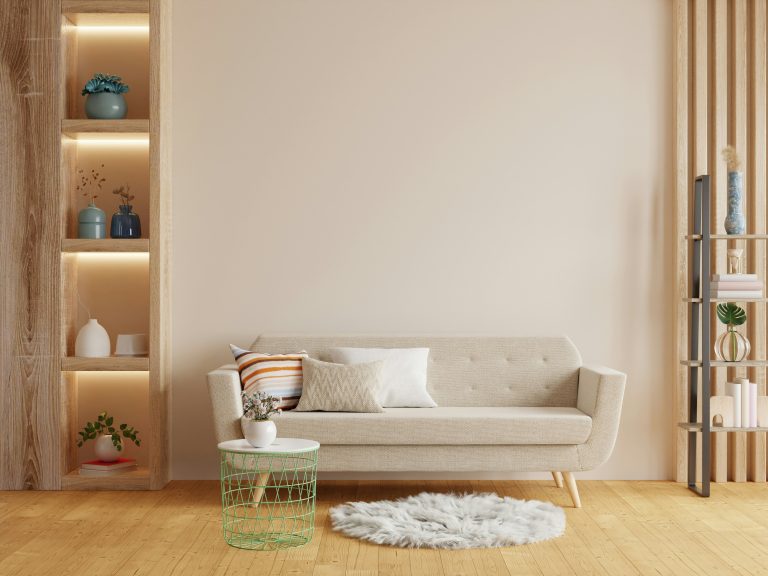When designing a home, the challenge lies in creating a space that not only looks beautiful but also serves practical purposes. Achieving the right balance between form and function is key to ensuring that your home remains both aesthetically pleasing and practical for daily life. With thoughtful planning, it’s possible to create a cohesive environment that enhances the overall living experience, making it enjoyable and functional for the long term.
Incorporating Stylish Yet Practical Elements
Incorporating elements that are both stylish and functional can greatly impact the overall look and feel of your home. The goal is to ensure that each piece not only adds to the visual appeal but also serves a purpose. For example, selecting furniture that offers hidden storage or investing in modular pieces that can be adjusted to suit various room layouts is a practical approach.
Lighting is another essential element where style and function intersect. Consider a combination of ambient, task, and accent lighting to ensure that your space remains well-lit and versatile for different activities. Opt for fixtures that complement the overall design of the room, yet provide the necessary brightness.
Choosing the Right Materials for Durability and Aesthetics
Materials play a critical role in both the visual and functional aspects of a home. Durable materials are essential for high-traffic areas, such as kitchens and hallways, where wear and tear are more likely. However, durability doesn’t mean you need to compromise on style. For instance, engineered wood flooring can provide the warmth and character of hardwood while being more resistant to moisture and daily use.
In bathrooms and kitchens, consider materials like quartz or porcelain for countertops. These materials offer a sleek, modern look while also being highly resistant to stains and scratches. For furniture, consider textiles that are both durable and easy to clean, particularly in homes with children or pets.
Enhancing Small Spaces with Thoughtful Design
Smaller spaces require extra attention to ensure they are functional while avoiding a cramped feel. A clever approach to design can make a small room feel larger and more efficient. One key strategy is to prioritise multi-purpose furniture, such as a sofa bed or an extendable dining table, which can be adapted to different uses without overwhelming the room.
Vertical space is another valuable asset in small homes. Use tall bookcases, shelving units, and wall-mounted storage to free up floor space and maintain an open feel. Neutral colours and mirrors can also help create the illusion of a larger, more airy space, while keeping the overall design simple and uncluttered.
The Role of Accessories in Balancing Form and Function
Accessories, though small, have a significant impact on the overall design of a home. When chosen thoughtfully, they can bridge the gap between form and function, adding both aesthetic appeal and practicality. Door handles, for example, are an often-overlooked detail that can elevate the look of any room. Brass door handles bring a timeless and elegant touch to both traditional and contemporary interiors, while their durability ensures they last for years.
When selecting door furniture, consider the consistency of the design throughout your home. Corston door handles, available in a range of styles, offer a seamless way to enhance the look of your doors without compromising on quality. Whether you’re upgrading your front door handles or selecting interior door handles, opt for pieces that complement your overall decor while ensuring ease of use.
Functional accessories, such as coat hooks, wall-mounted shelves, or stylish baskets, not only keep clutter at bay but also add to the overall aesthetic. Incorporating practical elements that align with the design language of your home is key to achieving a harmonious balance.
Maximising Storage Without Sacrificing Style
Storage is a critical component in any well-designed home, but it’s essential to find ways to incorporate it without sacrificing visual appeal. Built-in storage solutions, such as under-stair cupboards or bespoke wardrobes, allow you to make the most of available space while maintaining a sleek look. Use designs that blend seamlessly with the rest of the room, using similar colours and finishes to ensure the storage units feel like part of the design rather than an afterthought.
Open shelving, when styled correctly, can also serve as both storage and display. Arrange books, decorative items, and everyday essentials in a way that enhances the room’s aesthetic while keeping everything organised.
Balancing Comfort and Aesthetics in Home Furnishings
Comfort should always be a priority when selecting furnishings, but aesthetics don’t need to be compromised. Choosing the right fabrics, cushions, and throws can make your living spaces more inviting without clashing with the overall design. Look for furniture with soft, durable fabrics in colours that complement your home’s palette.
In living areas, plush sofas and chairs can serve as both comfortable seating and stylish centrepieces. Layering textures, such as woollen blankets or linen cushions, adds warmth and depth to the space, enhancing both comfort and style.
In bedrooms, opt for a bed frame that not only suits the design of the room but also provides solid support. Pairing comfortable bedding with statement headboards or side tables can elevate the look while ensuring that the room remains a peaceful retreat.


